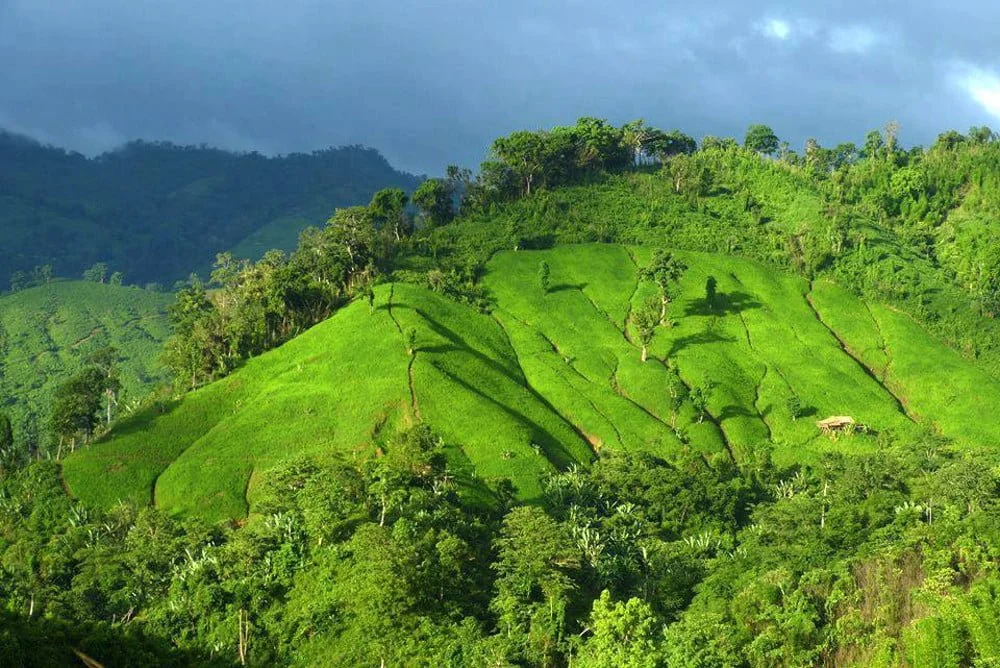

Chimbuk Hill, one of the highest peaks in Bangladesh, is located in the Bandarban district, renowned for its breathtaking scenery and lush surroundings. The history of tourism at Chimbuk Hill is inextricably linked with the broader development of tourism in the Chittagong Hill Tracts region, of which Bandarban is a part.
The exploration of Chimbuk Hill as a tourist destination began in earnest during the late 20th century. Before that, the region's rugged terrain, relative inaccessibility, and political sensitivity due to local tribal issues had limited visitors considerably. Over time, as infrastructure improved and stability returned, intrepid travelers started to arrive in search of pristine natural environments and the unique cultural experiences offered by the indigenous communities.
The 1990s and 2000s saw a significant uptick in local and international tourism to Chimbuk Hill. The Bangladeshi government, recognizing the potential of the tourism sector as a driver of economic growth, initiated developmental programs to facilitate access and accommodation for tourists. During this time, a number of resorts and guest houses sprang up, catering to the needs of adventure-seekers and nature enthusiasts.
Chimbuk Hill is not only known for its natural beauty but also for the rich cultural tapestry woven by the various indigenous groups, such as the Marma, Tripura, and Bawm, among others. Visitors began to come not just for the panoramic views, but also to interact with the local communities, participate in their festivals, and learn about their way of life, which adds a significant layer to the tourism experience at Chimbuk Hill.
In recent years, eco-tourism and sustainable travel have come to the forefront of the tourism industry globally, and Chimbuk Hill is no exception. Tourists now frequently seek experiences that are environmentally friendly and culturally respectful. The trend toward homestays and community-led tourism experiences provides visitors with a more authentic and intimate look at life in the hill tracts.
Adventure tourism has also surged, with Chimbuk Hill playing host to trekkers, paragliders, and nature photographers. These activities not only cater to the demand for adrenaline-pumping experiences but also encourage tourists to have a minimal environmental impact on the region's delicate ecosystem.
Looking ahead, the tourism industry at Chimbuk Hill is poised for further expansion, yet faces the challenge of balancing growth with the conservation of its natural and cultural resources. Promoting responsible tourism practices and empowering local communities are seen as critical steps in ensuring that Chimbuk Hill remains a sustainable and captivating destination for generations to come.
The evolution of Chimbuk Hill from a remote and inaccessible peak to a sought-after tourist destination is a testament to both the allure of its natural charm and the concerted efforts put forth to make it accessible. As tourism continues to evolve in Bangladesh, the story of Chimbuk Hill emerges as a model for sustainable and inclusive development within the industry.